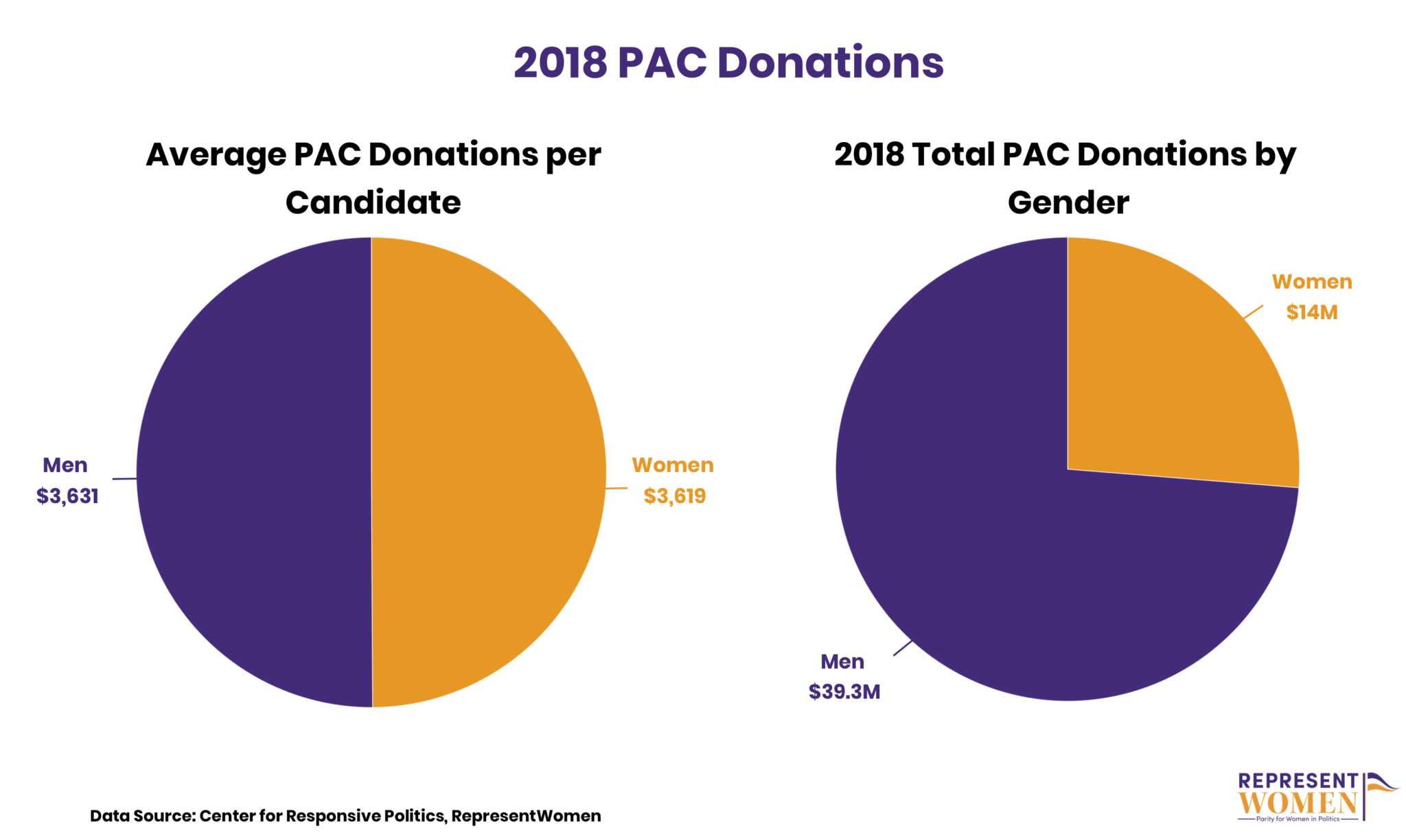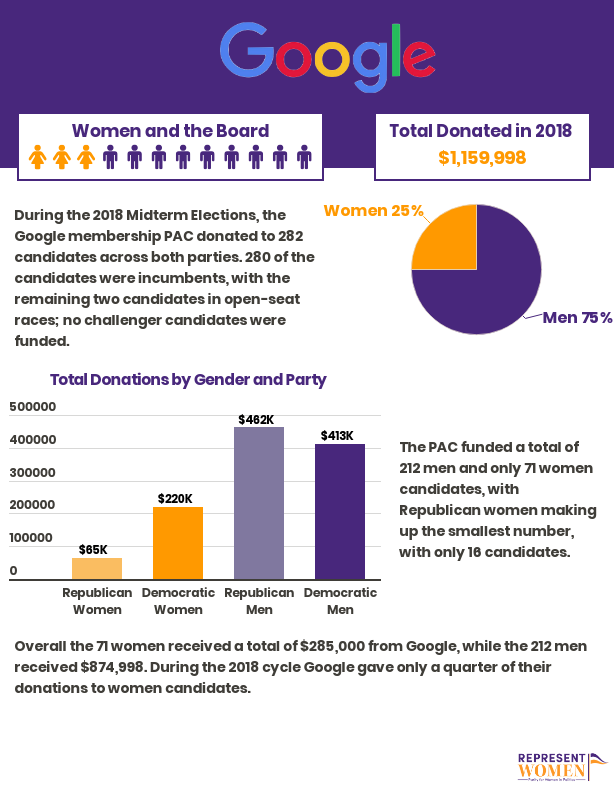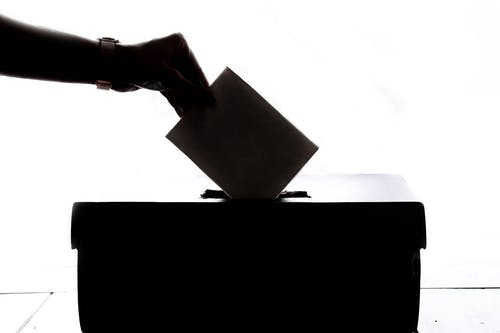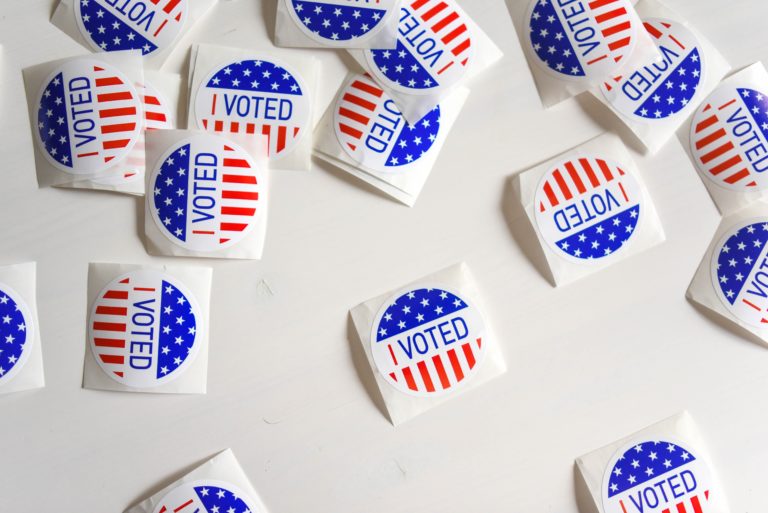According to our research “Stepping Up and Standing Out,” women are inspired by other…
The Cost of Electing Women: How PACs and Donors can Make a Difference

With five months until the 2020 Congressional election, a total of $1.5 billion has been raised across both parties in the House and the Senate from a combination of Political Action Committees (PACs) and individual donors. Since the 1998 Midterms, the money raised and spent in Congressional elections has steadily increased every cycle, with 2018 holding the record high, with $5.7 billion raised and spent.
Although there remains widespread debate over the continued role of money in American politics and the importance of campaign finance reform, there is no question about the impact money can have on the outcome of candidacies and supposed electability. In the last decade, 90 percent of the Congressional winners were also the highest spending candidates; importantly, money often matters most in primary elections.
Adam Bonica, a political science professor at Stanford, suggests fundraising abilities have a greater impact on a candidate’s success during a primary election, particularly a crowded primary. Bonica’s research has found between 80 and 90 percent of general Congressional elections are predetermined by a district’s partisan and demographic make-up and money donated by PACs and large donors do more to curry favor rather than effect change. While in primary elections, early fundraising totals can often predict the election outcome, because the ability to raise large sums of money quickly results in name recognition and positive media coverage for a candidate, especially in a crowded primary field with no incumbent.
RepresentWomen’s report on the impact of funding during the 2018 midterm election cycle found PACs often hedge their bets when it comes to funding congressional candidates, overfunding incumbents across the political spectrum, compounding on the inherent benefits of incumbency and ignoring the political influence they could have in open-seat primary elections. Our case studies on specific PACs, such as Google, Twitter, and Disney found the same pattern with men receiving three times that of women candidates. Although overfunding incumbents on its surface seems like a gender-neutral problem, with the majority of incumbents being white men, the current system hinders our ability to reach gender parity in Congress.
During the 2018 cycle, PACs on average donated equal amounts to individual male and female candidates; however, 74 percent of the total PAC dollars went to male candidates,
$39.3 million given to men compared to $14 million given to women candidates. This pattern is likely to continue in the 2020 primary and general elections despite the record number of women filing to run in both the Democratic and Republican congressional primaries.
Success in the United States’ political system relies heavily on name recognition and the structural benefits which come with being an incumbent, the majority of whom are white men. PAC funding and individual donations magnify this uneven structure by overfunding incumbents compared to challengers and open-seat candidates, who are more likely to be women and people of color. However, PACs and donors can be active agents of change and help to mitigate the barriers women candidates face, by committing to increasing their funding for women candidates in both the primary and general elections until we achieve gender parity.







